Description
What is Bee Pollen?
In honeybees (Apis species) pollen is stored in the chambers of the hives. It differs from field gathered pollen as honey bee secretions induce a fermentation process, where biochemical transformations break down the walls of flower pollen grains and render the nutrients more readily available.
Forager bees that gather pollen do not eat it themselves, since they stop producing the proteolytic enzymes necessary to digest it when they transition to foraging. The foragers unload the pollen they gather directly into open cells located at the interface between the brood and stored honey, creating a typical band of what is called bee bread – the substance which is the main food source for honey bee larvae and workers.
Foraging bees bring pollen back to the hive, where they pass it off to other worker bees, who pack the pollen into cells with their heads. During collection and possibly packing, the pollen is mixed with nectar and bee salivary secretions. Bee pollen is the primary source of protein for the hive.
Bees other than Apis typically form pollen into balls; these are primarily ground-nesting bees or twig-nesting bees, most of which are solitary, such as leafcutter bees. With the leafcutter bee, as in most such bees, when the pollen ball is complete, the female lays an egg on top of the pollen ball, and seals the brood cell. The egg hatches and the larva consumes the pollen directly; the pollen is not stored separately from the brood.[7] This method of pollen usage can also be seen in the wood-nesting bee species Xylocopa sulcatipes and Xylocopa sonorina.
Bee Pollen can be added to a variety of meals and smoothies for a healthy and nutritional twist. See our blog for more ideas!
If you’ve tried our delicious Bee Pollen before then let us know what you thought of it on our Instagram or Facebook!
Check out our YouTube channel to learn more about bees and honey.
#honeybee #honeycomb #honeyme #honey #honeybees #rawhoney #milkandhoney #honeydew #jimshoneysurabaya #myhoney #honeys #honeytoast #organichoney #honeyberry #honeydip #sweethoney #honeycinnamon #honeybucket #wildhoney #honeygarlic #naturalhoney #honeywax #honeyhoney #honeycombs #honeypot #localhoney #rawhoney #edinburgh #scottishhoney #localhoney #realhoney #nauralhoney #unfilteredhoney


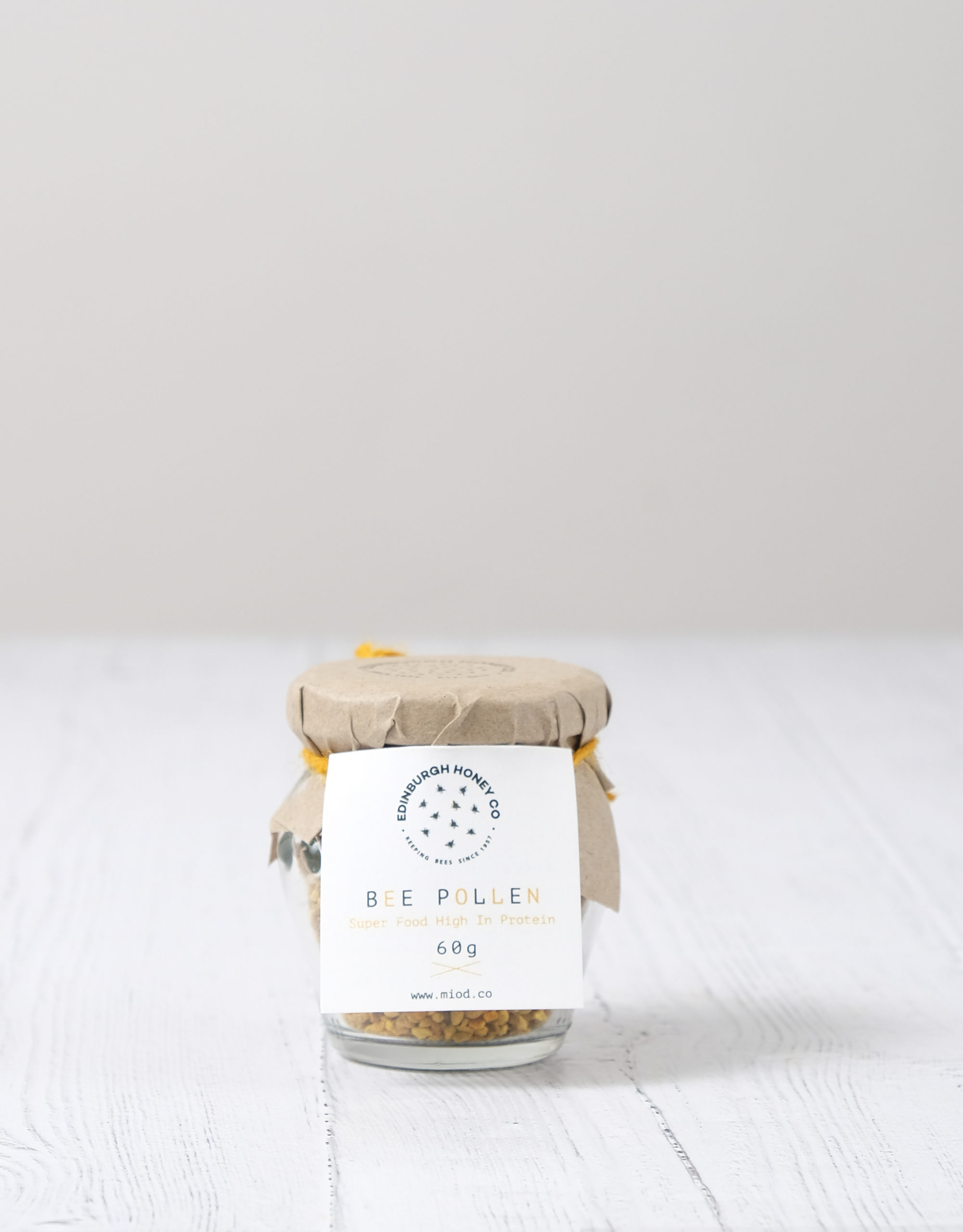
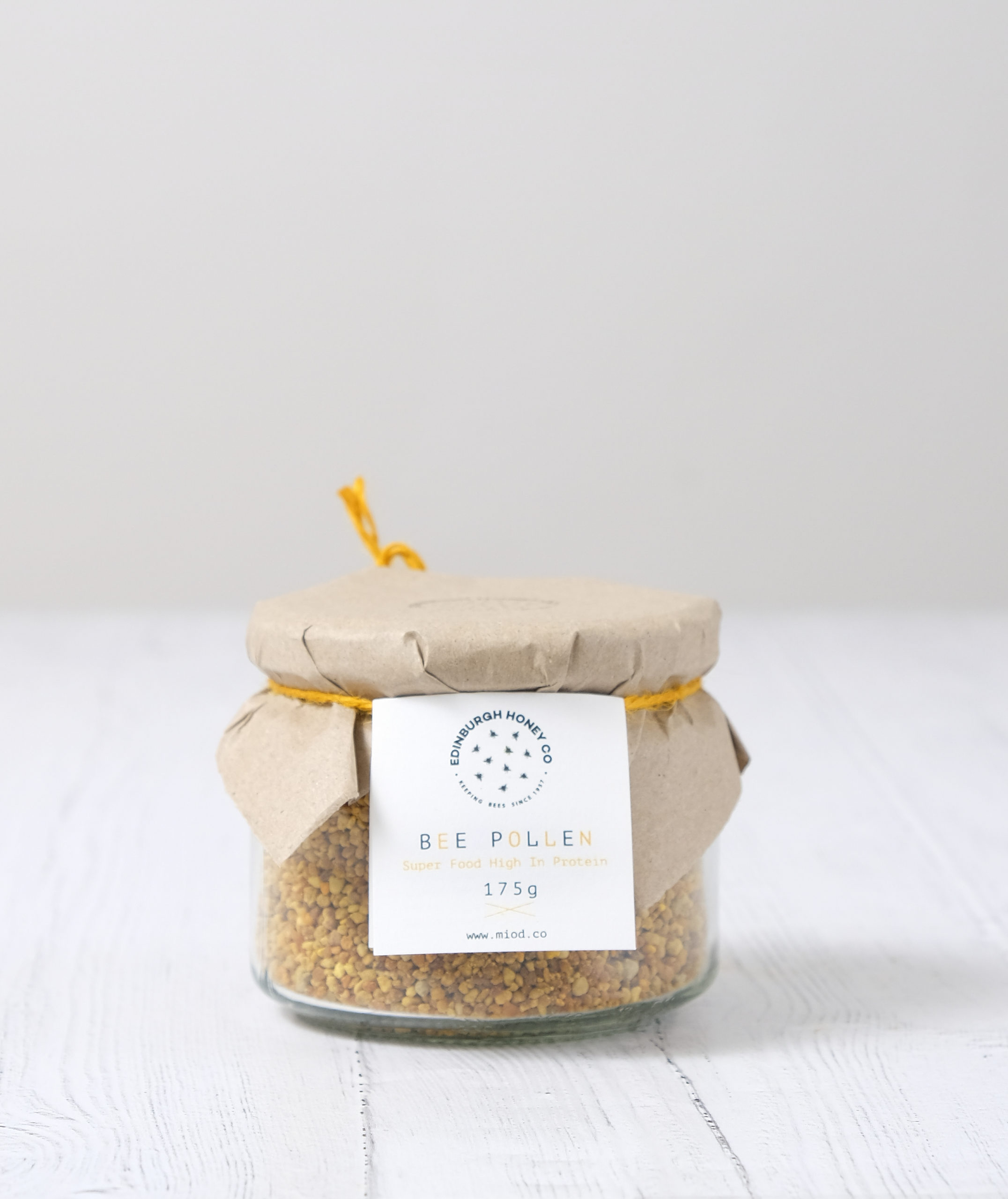

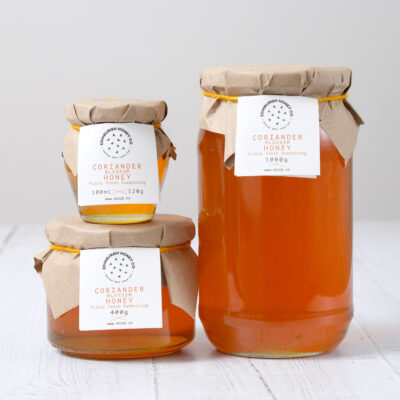


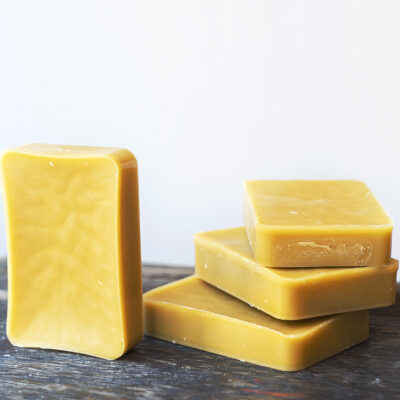
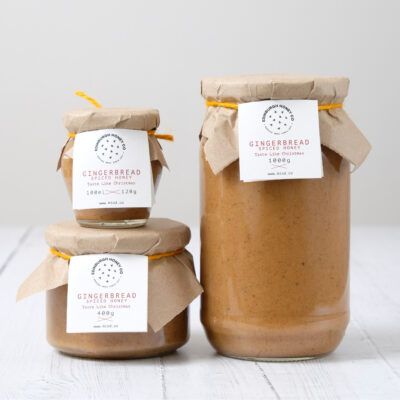
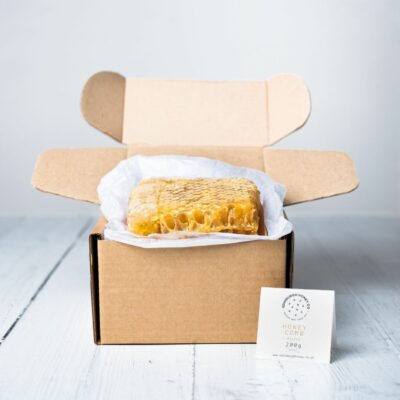
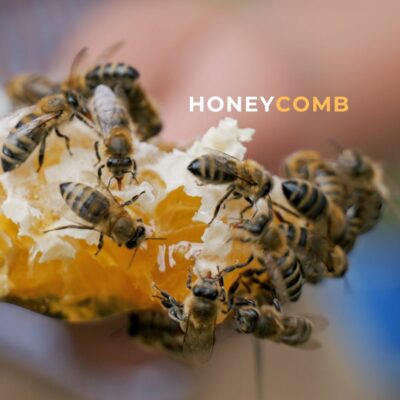
Artur Tarnawski (verified owner) –
Quick delivery, high quality, and reasonable price; what else to expect?